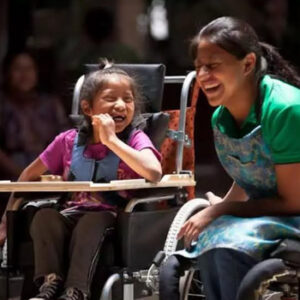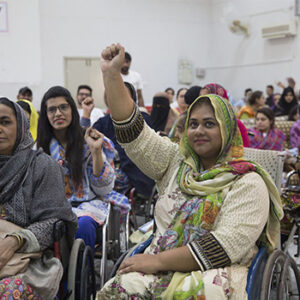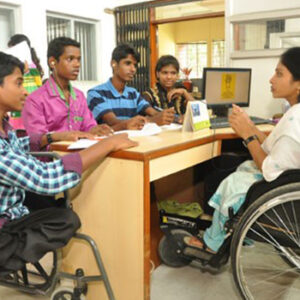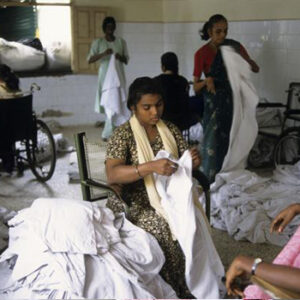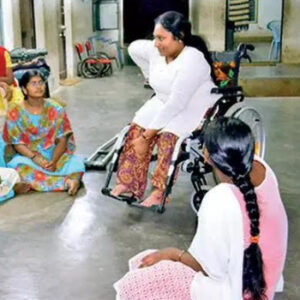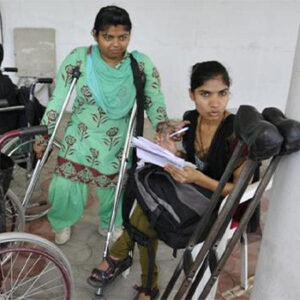Maternal & Child Health
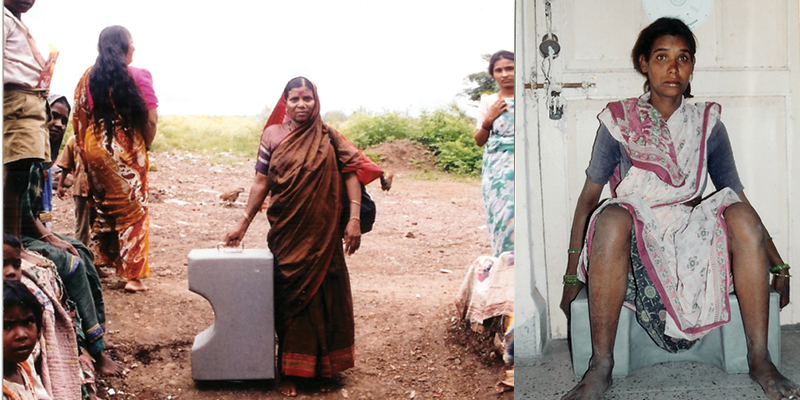
Culturally Appropriate Technology

Improving reproductive health of girls with disability is the core within the innovation of culturally appropriate technology (CAT)
Forbes Marshal
The project supported in the year 2012-13, was to improve the quality of the data Supporting Maternal and Child Healthcare at the Bopkhel Clinic.
The project involved a weekly clinic at Bopkhel, a village near Pune to address the health care needs of the community members manned by an Allopathic doctor and trained social worker.
The Forbes Marshall initiative asked Helplife to conduct clinics at Bopkhel for general health- related issues. We provided medicine as well as counselling to address the common problems for the underprivileged population. The clinic provided a place where minor ailments and illnesses of the villagers were treated close to the village, to limit the need for them to travel a long distance to the city hospital for minor issues. Forbes Marshall assisted Helplife with this endeavor by financing the supplies needed for data collection, and analysis.

Helplife is working actively in developing culturally appropriate technologies (CAT) for use in rural sector development in the area of life skills, adult education, reproductive health of adolescent, and maternal and child health.
Appropriate technologies, are culturally sensitive and contribute to sustainable development goals, extending benefits to communities, through being scientific, cost effective and aligned with local needs of the communities.
Our methods make use of locally available materials and resources along with tools and processes that are operationalized and monitored by local communities.
Helplife has developed culturally appropriate birthing models in the state of U.P and Maharashtra and conducted original research in the area of safe motherhood. Some of our innovations include the Helplife Birth Cushion, Helplife Partogram and the Helplife Safe Delivery Kit.
We developed the Birth Cushion in 1991 and conducted a randomized controlled trial on the modified squatting position of delivery along with Vivekanand Hospital and Research Center, Latur, Maharashtra, India. A total of 789 pregnant women were registered for the trial for a period of two years, with beneficial results that promoted further research in the area. The Birth Cushion was used by the traditional birth attendants (TBAs)/ ANMs along with the indigenously devised Partogram, to improve health outcomes for pregnant mothers. The Partogram was specifically designed for illiterate women, to help track the progress of labor, and ensure that expecting mothers receive appropriate care and support during their pregnancy. The Partogram also supported timely and effective referral by health worker in case of complications during labor.

Since their inception a number of prototypes of Helplife Birth Cushion, Partograph and Kits have been developed and tested in various settings for safe deliveries.

